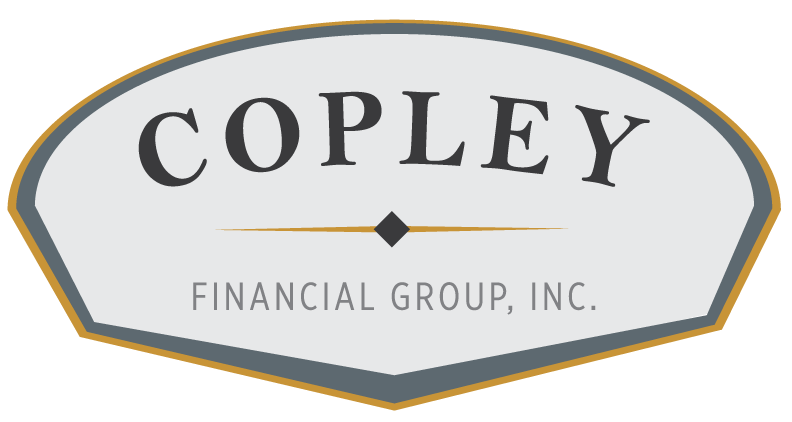Take Advantage of These Two Common Tax Strategies
Regardless of whether the market is up or down, it's always a good time to think about taxes and, more specifically, how to put yourself in a better position by retaining more of your own money in your pockets.
There are two common tax optimization strategies: Roth conversions and tax-loss harvesting. However, as is typically the case in financial planning, there are no one-size-fits-all solutions.
Roth Conversions
The idea behind Roth conversions is to withdraw money from a tax-deferred IRA, pay taxes at your ordinary income rate on that amount, and then convert that money into a Roth IRA. You'll save future taxes on the amount you converted, plus the money you put in will grow tax-free for the rest of your life!
You have no control over future tax rate changes implemented by the IRS - there are no guarantees in tax policy. However, by adopting Roth conversions now, you will be guaranteed tax-free withdrawals for the rest of your retirement years.
Tax-loss Harvesting
When you sell stocks in a non-qualified account, you usually make a profit or a loss. Tax-loss harvesting is a strategy that involves selling securities at a loss in order to offset capital gains taxes owed on a different, more profitable transaction.
For example, if you buy a share of a particular stock for $5,000 and sell it when its value hits $15,000, you will have made a $10,000 profit. Because you have profits, you must pay the capital gains tax, which is normally 15%. If, on the other hand, you had a loss, you can utilize it for tax planning purposes to offset your gains on another investment, resulting in less capital gains taxes to pay.

